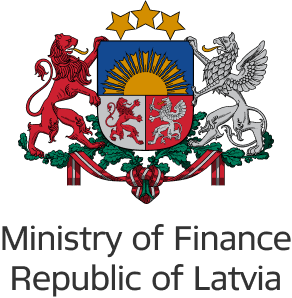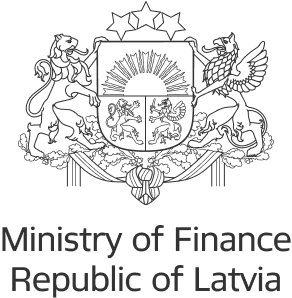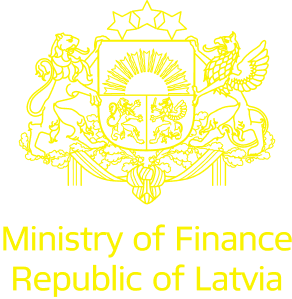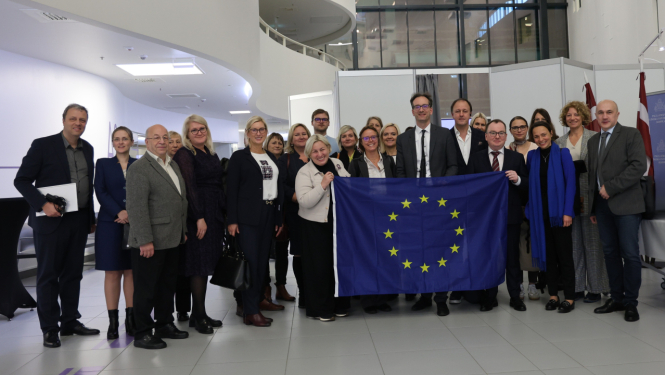On Thursday, 4 December, Saeima adopted the State Budget for 2026 in its second and final reading. The budget confirms the government’s commitment to building a safe, socially responsible and sustainable state, placing people, their security, health and education at the centre of development. Following a review of state budget expenditure for the medium term from 2026 to 2028, expenditures have been gradually reduced by EUR 844.1 million, redirecting the savings toward financing the government…
On Thursday, 4 December, Saeima adopted the State Budget for 2026 in its second and final reading. The budget confirms the government’s commitment to building a safe, socially responsible and sustainable state, placing people, their security, health and education at the centre of development. Following a review of state budget expenditure for the medium term from 2026 to 2028, expenditures have been gradually reduced by EUR 844.1 million, redirecting the savings toward financing the government’s priority areas. Approximately EUR 700 million in additional funding is allocated in 2026 for the budget’s key priorities: security, support for families with children, and education. “The third budget of this government has been adopted! It was…



